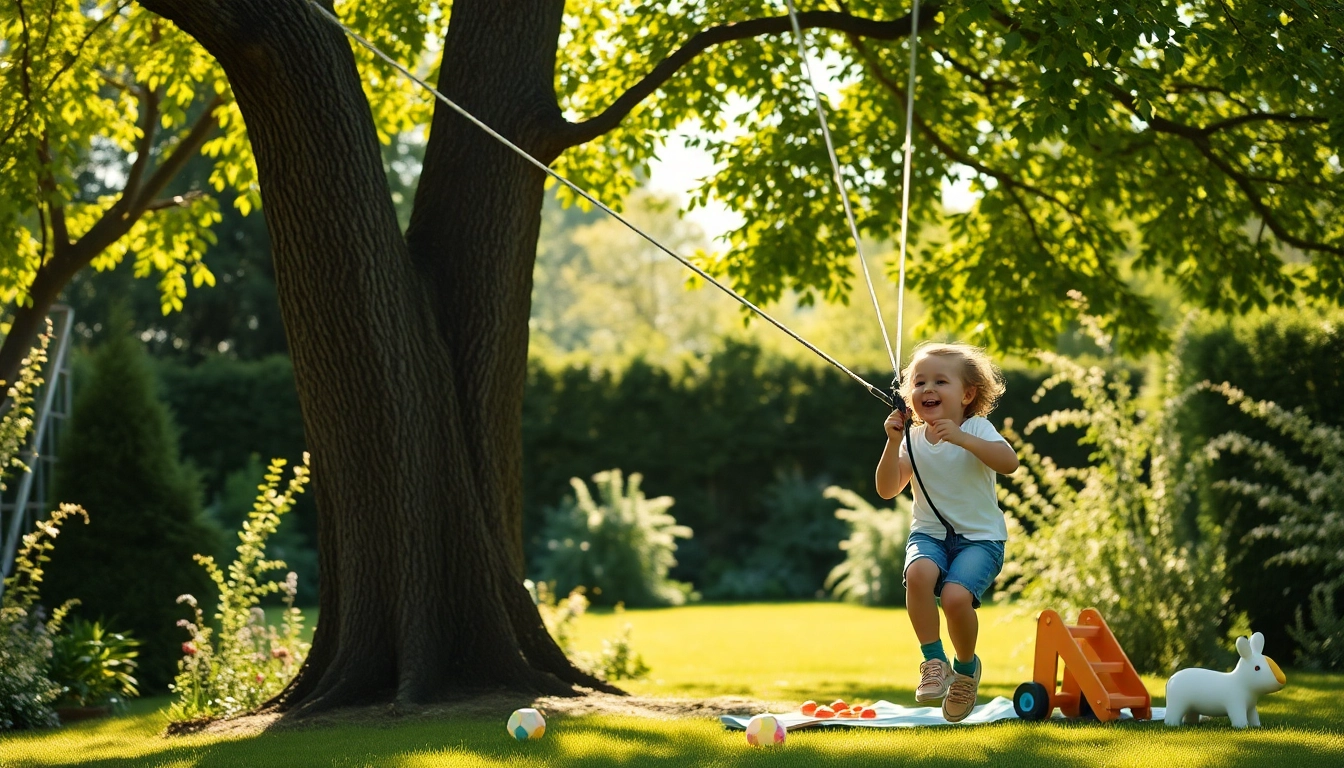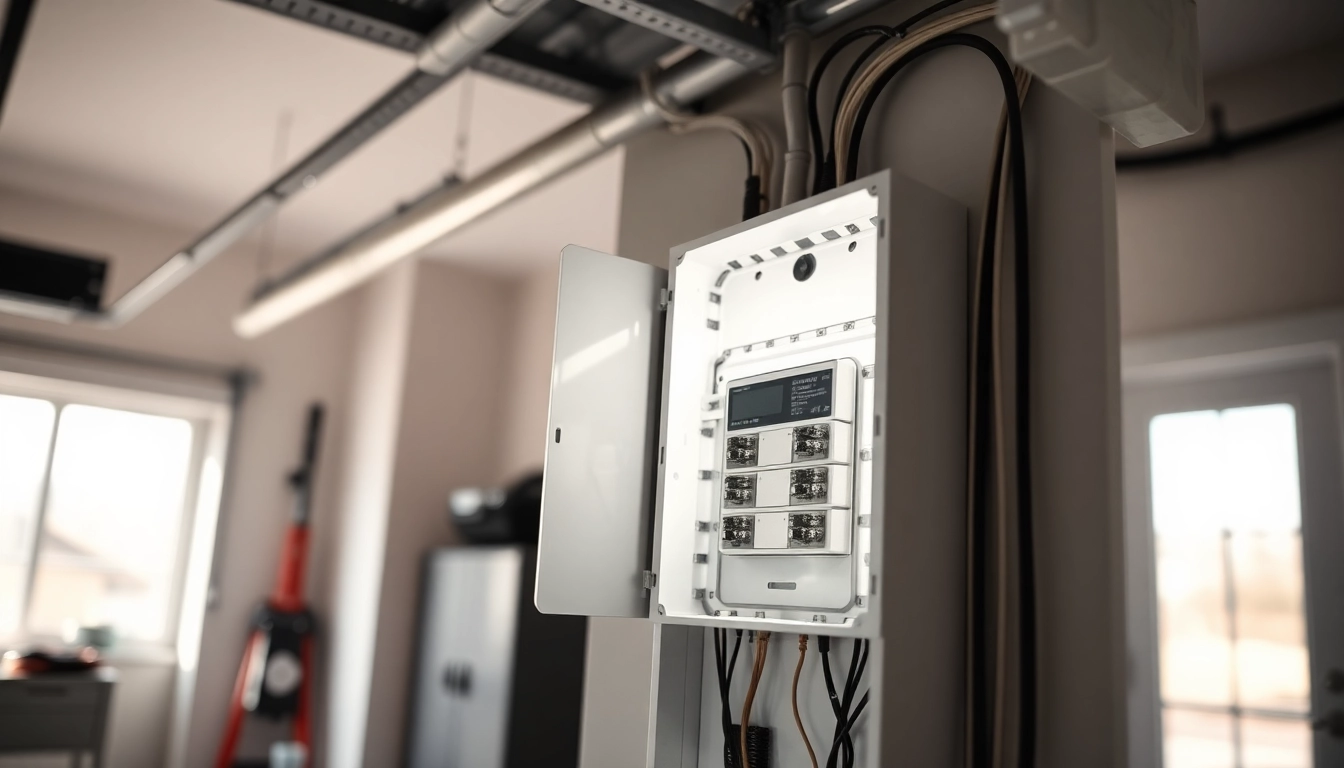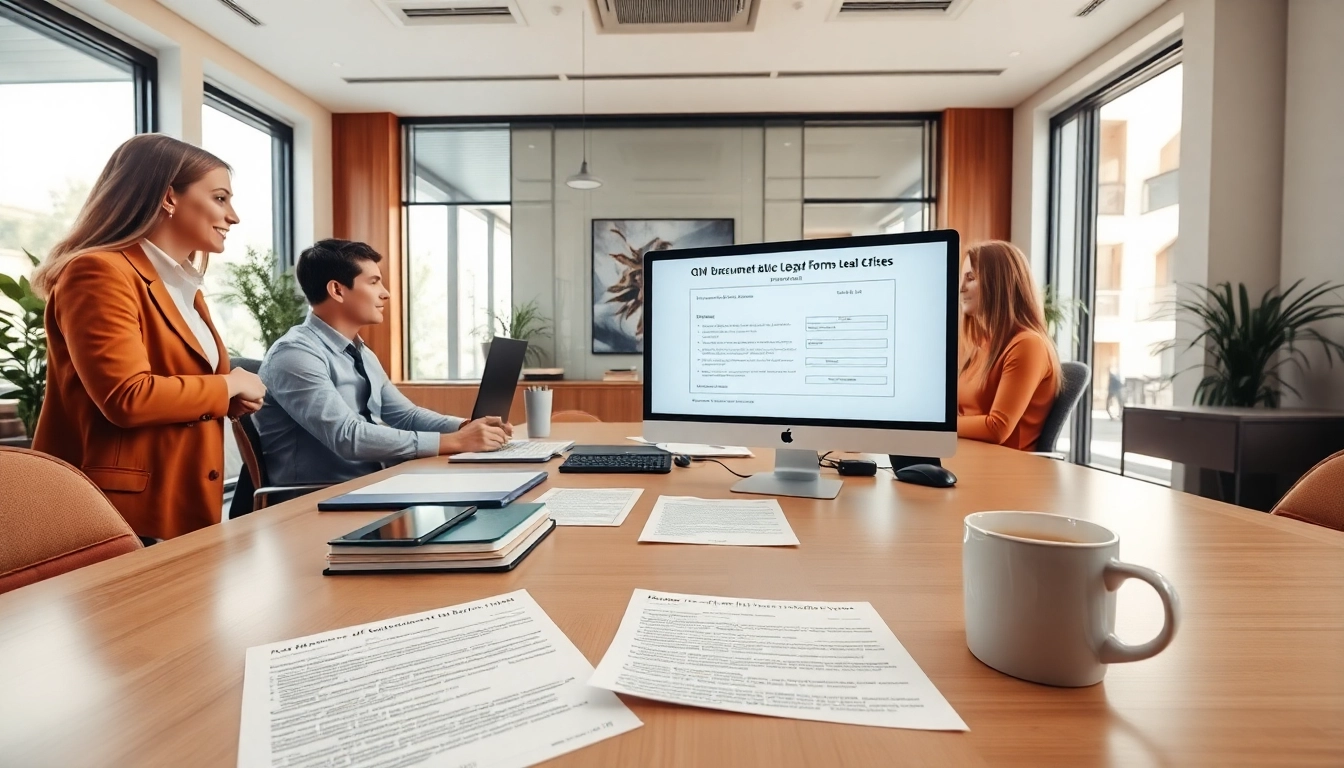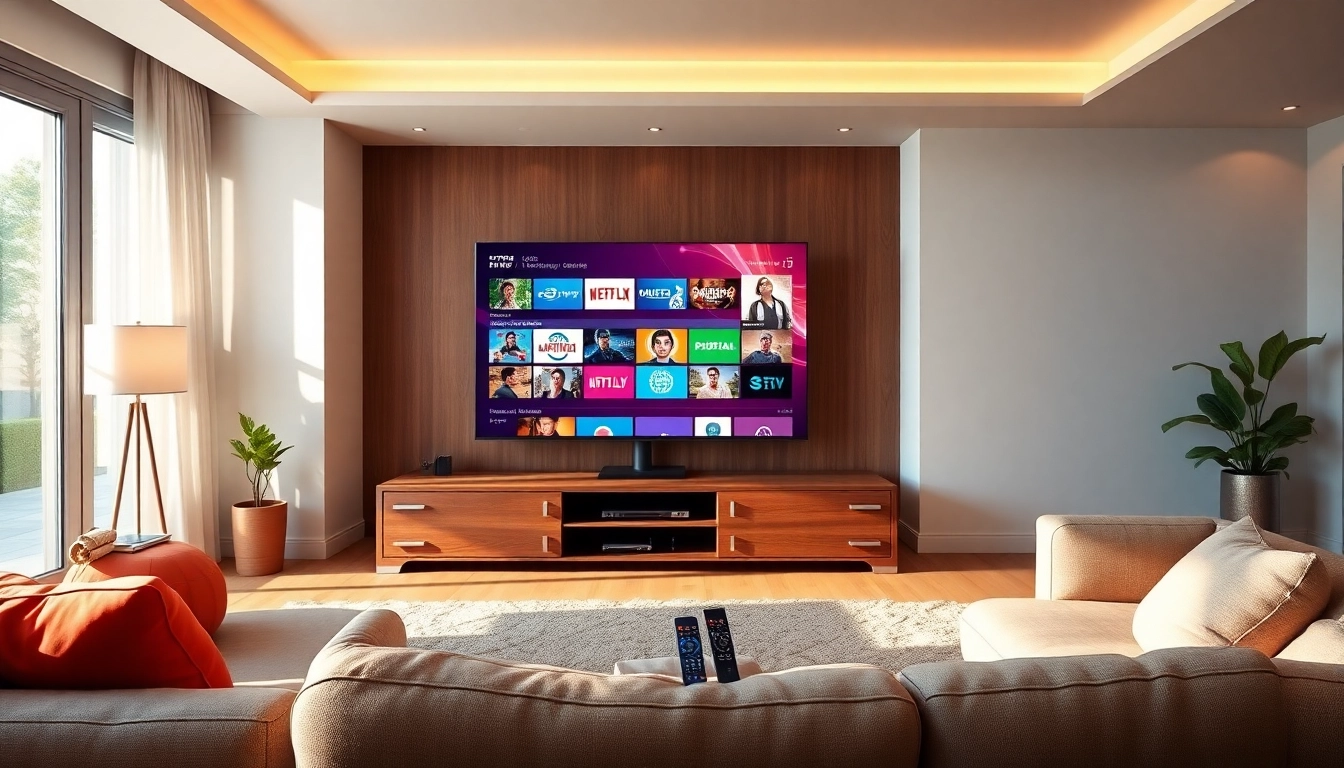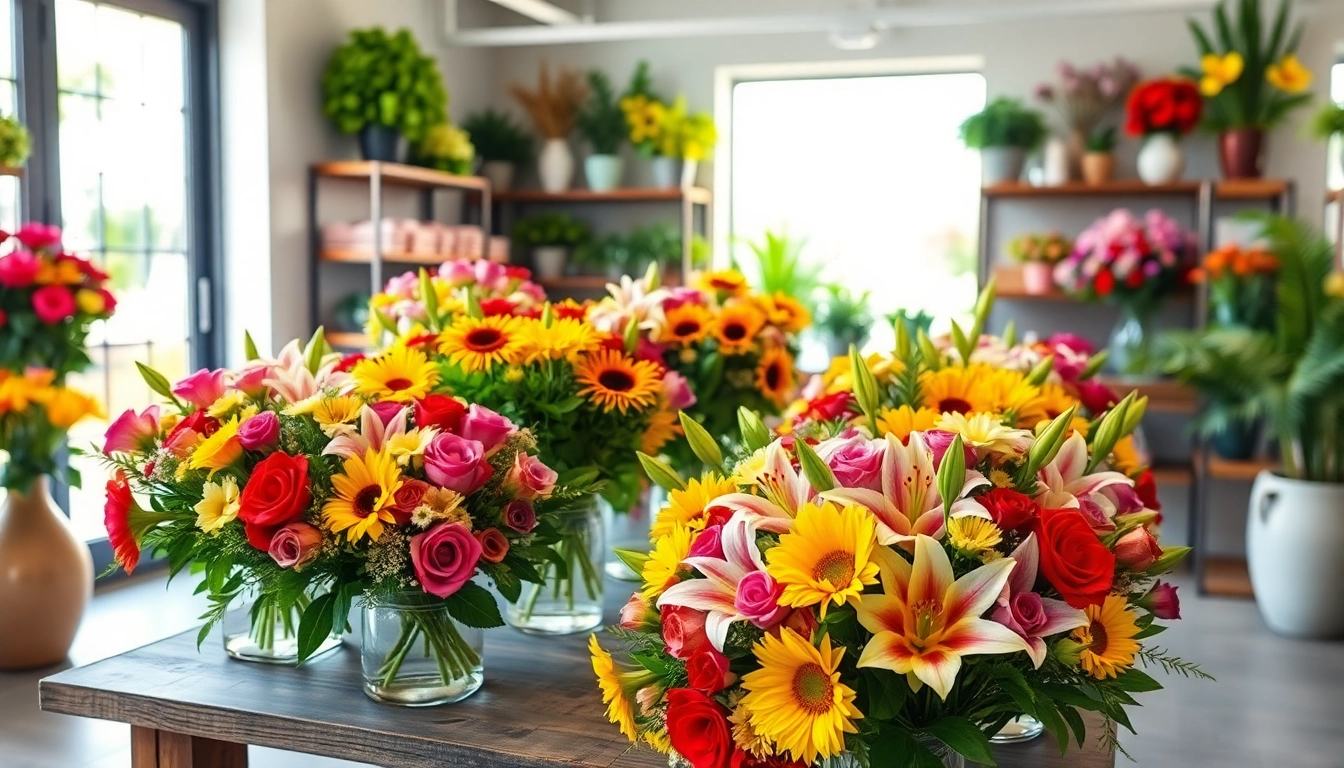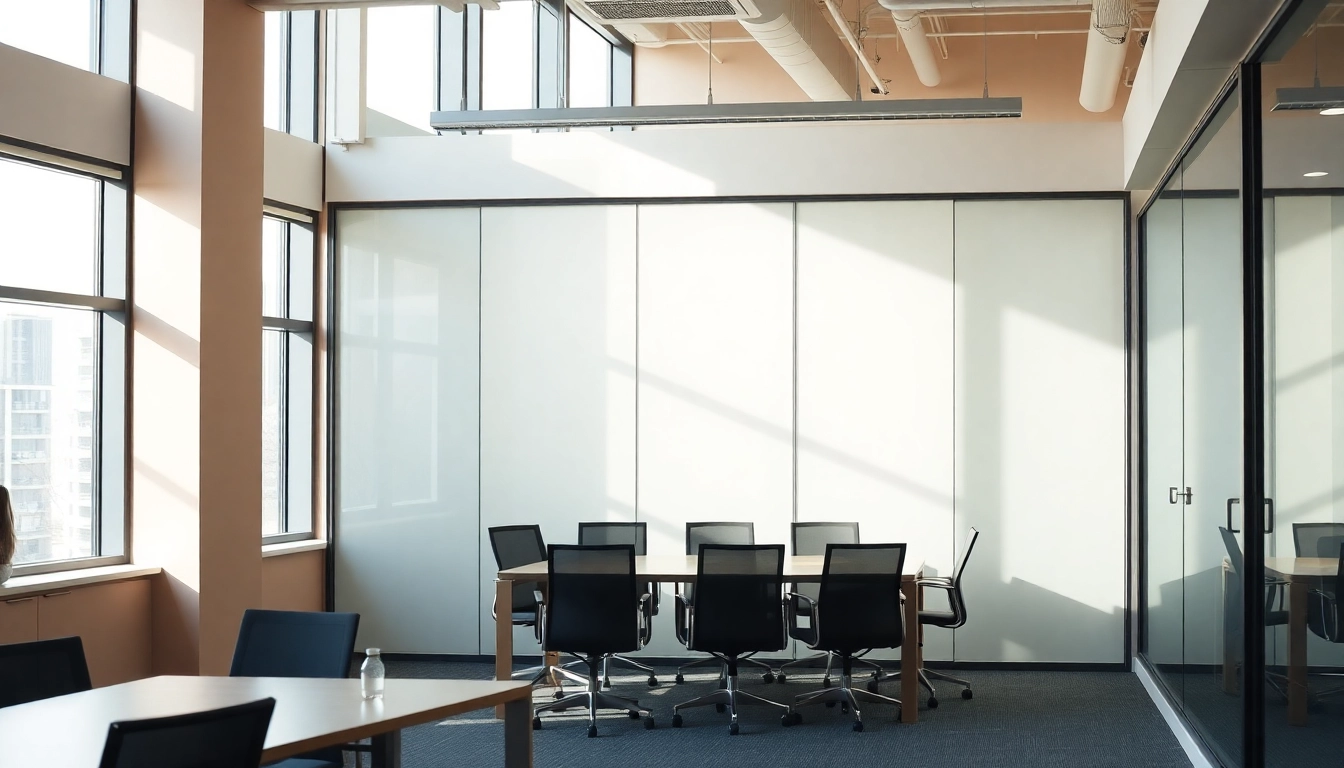
Understanding Folding Partition Walls
What is a Folding Partition Wall?
A folding partition wall is a versatile space management solution that allows for the creation of flexible layouts in various environments. These walls can be opened or closed, enabling spaces to be divided or unified as needed. Made of lightweight materials, they are designed to fold neatly when not in use, minimizing the space they occupy. Typically used in offices, educational institutions, and residential areas, Folding Partition Walls can significantly enhance the functionality and aesthetic appeal of any space.
Types of Folding Partition Walls
Folding partition walls come in various designs, tailored to meet specific needs and preferences. Here are some common types:
- Accordion Partitions: These walls fold in a concertina style, allowing for easy movement and storage. They are especially favored in large spaces like auditoriums or gymnasiums where temporary divisions are frequent.
- Operable Walls: These partitions are more robust and can provide soundproofing and insulation benefits. They often feature tracks at the top and bottom, permitting smooth gliding into place.
- Glass Folding Walls: For those looking to maintain visibility while dividing spaces, glass partitions provide a modern and open feel. They can be framed or frameless and are an excellent choice for offices and modern homes.
- Acoustic Partitions: Designed for environments that require noise control, these walls are built with materials that help reduce sound transmission, making them ideal for conference rooms or libraries.
Benefits of Using Folding Partition Walls
The advantages of implementing folding partition walls are numerous, making them a favored choice for space management. Below are key benefits:
- Flexible Space Utilization: They allow for quick reconfiguration of space according to the requirements, whether it’s creating smaller breakout rooms from a larger area or rejoining spaces for a larger gathering.
- Cost Effective: Rather than building fixed walls, investing in folding partitions can be more economical, especially for businesses that often remodel or adapt their space.
- Enhanced Privacy: Many folding walls are designed to offer varying levels of sound insulation, providing privacy in shared environments.
- Aesthetic Appeal: Available in various designs, colors, and materials, they can complement the décor of any space.
- Ease of Installation: Compared to permanent walls, folding partitions can be installed or removed with relative ease, minimizing disruption to ongoing activities.
Applications of Folding Partition Walls
Commercial Spaces and Offices
In commercial environments, flexible space is critical for productivity. Folding partition walls enable businesses to adapt spaces for various uses. For example, an office can have a large open-plan layout for day-to-day operations but can quickly transform into a conference venue, accommodating meetings and discussions with clients. Institutions such as schools also benefit by using these partitions to create classrooms adaptable for different instructional modes.
Residential Uses: Room Division
In homes, folding partition walls offer a creative solution for maximizing small spaces. They can serve to separate living areas, create home offices, or provide private areas for guests. For instance, a one-bedroom apartment can utilize a folding partition to create a makeshift guest room or a play area for children, all while maintaining a comfortable and open atmosphere when needed.
Event Spaces and Temporary Installations
Folding partition walls find their ideal use in the event industry, where spaces must frequently change to cater to different gatherings, such as weddings, corporate events, or trade shows. They allow event planners to customize their layouts quickly, ensuring they can deliver the best experience for their clients. Furthermore, with some designs being portable, these walls can be easily transported and installed in various venues.
Key Features to Consider
Material Options and Durability
The material chosen for a folding partition wall is crucial for its performance and longevity. Common materials include:
- Plywood: A popular choice for lightweight partitions, offering a balance of cost and durability.
- Metal: Ideal for high-traffic areas, providing superior strength and longevity, especially in commercial implementations.
- Glass: Often used for acoustic benefits and aesthetic appeal, glass partitions combine sophistication with practicality but require care to maintain quality.
Acoustical Performance
For settings requiring sound management, understanding the acoustical capabilities of folding partition walls is vital. Walls with acoustic insulation can minimize noise pollution, creating quieter environments for focused work or learning. When selecting a partition, consider the STC (Sound Transmission Class) rating, which indicates its effectiveness at reducing sound transmission.
Ease of Installation and Maintenance
Ease of installation is a significant factor when choosing a folding partition wall, particularly for businesses that reinvent their layouts. Some models require professional installation, while others come as DIY kits. Additionally, maintenance varies by material; for example, glass may require regular cleaning, while metal partitions are often low-maintenance.
Choosing the Right Folding Partition Wall
Assessing Your Space and Needs
When considering folding partition walls, assess the specific dimensions and requirements of your space. Understand how the wall will function – whether it’s visibility, acoustic rights, or aesthetic enhancement. Take measurements of the available area and determine how often you anticipate using the partition to create or eliminate divisions.
Budget Considerations
Your budget will significantly influence your choice. While high-quality, durable options may have a higher upfront cost, they often provide better long-term value by reducing maintenance and replacement needs. Analyze the total cost of ownership, including formation, installation, and potential future modifications.
Integrating Design with Functionality
Consider how the partition wall will integrate with the overall design of the space. This means selecting colors, patterns, and materials that complement existing aesthetics while ensuring the wall serves its intended function. For commercial spaces, it’s also worth examining how the wall reflects the company’s branding and culture.
Case Studies and Success Stories
Businesses Transforming Space with Folding Partitions
A case study in a large marketing firm illustrates the effectiveness of folding partition walls. Initially, the office space was one large area that hindered collaboration due to noise levels. By integrating movable partitions, the firm improved productivity remarkably—meeting rooms now maintained privacy while open areas fostered teamwork during brainstorming sessions.
Creating Multi-Purpose Rooms in Homes
A residential example highlights a family using a folding partition to create a home office that could be concealed when not in use. This wall allowed them to transform their living room into a professional workspace during the day and revert back for family gatherings during the evening through easily gliding sections.
Innovative Uses in Educational Settings
In a local school, folding partition walls facilitated a shift from traditional classrooms to interactive learning spaces. Teachers can now easily configure classrooms for group activities, lectures, or tests, fostering a versatile educational environment. Not only did this enhance learning experiences, but it also allowed better utilization of space.
